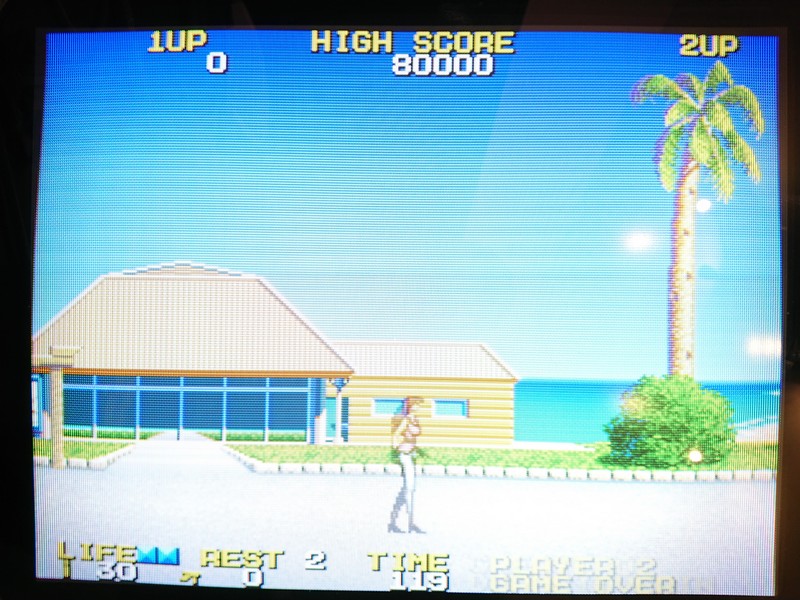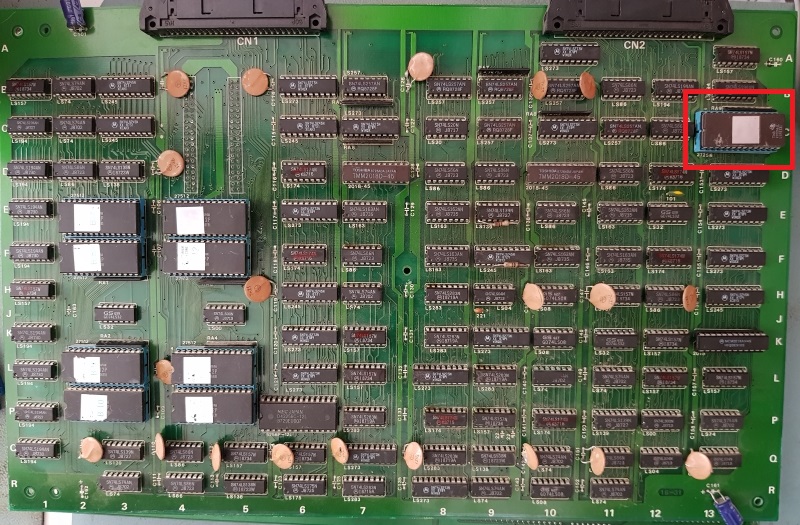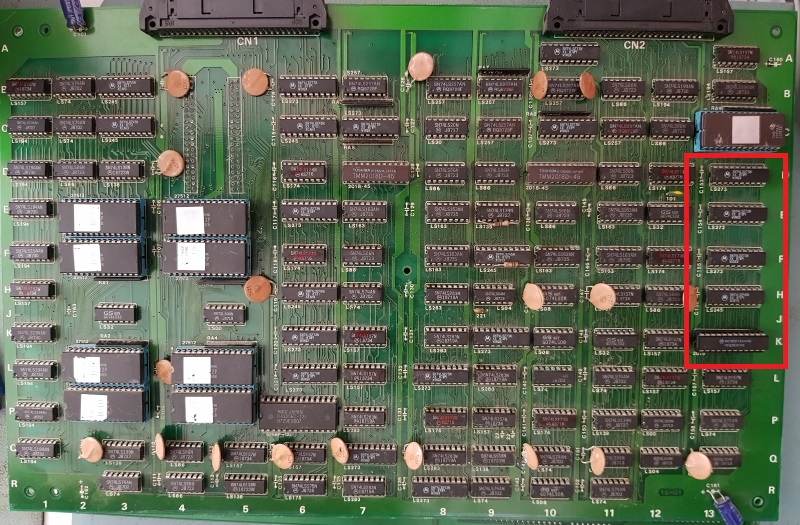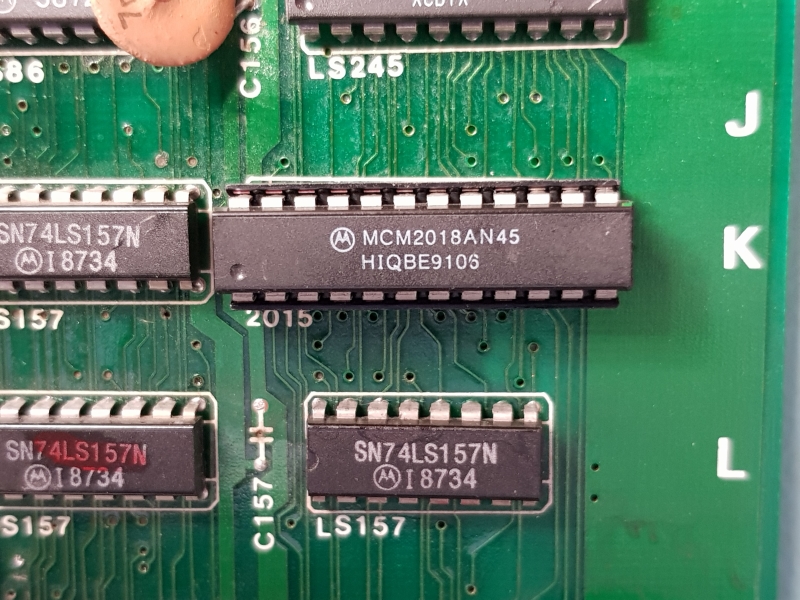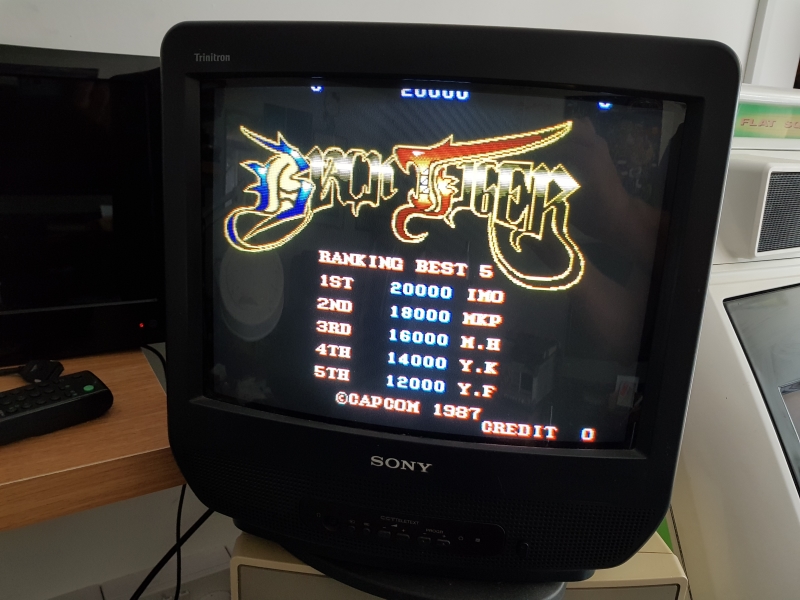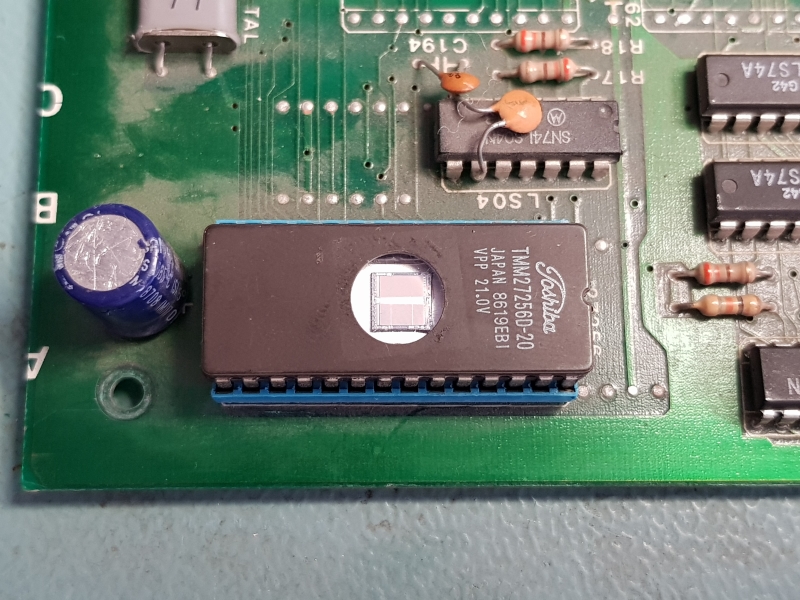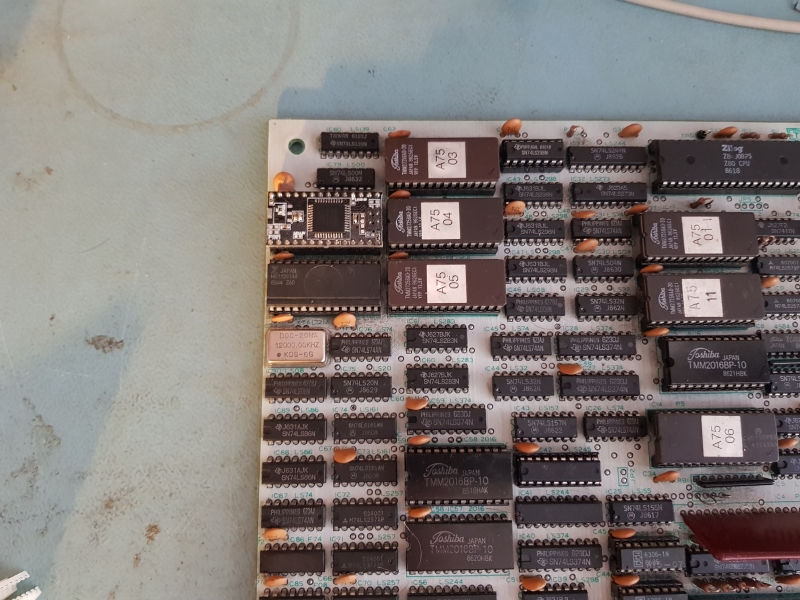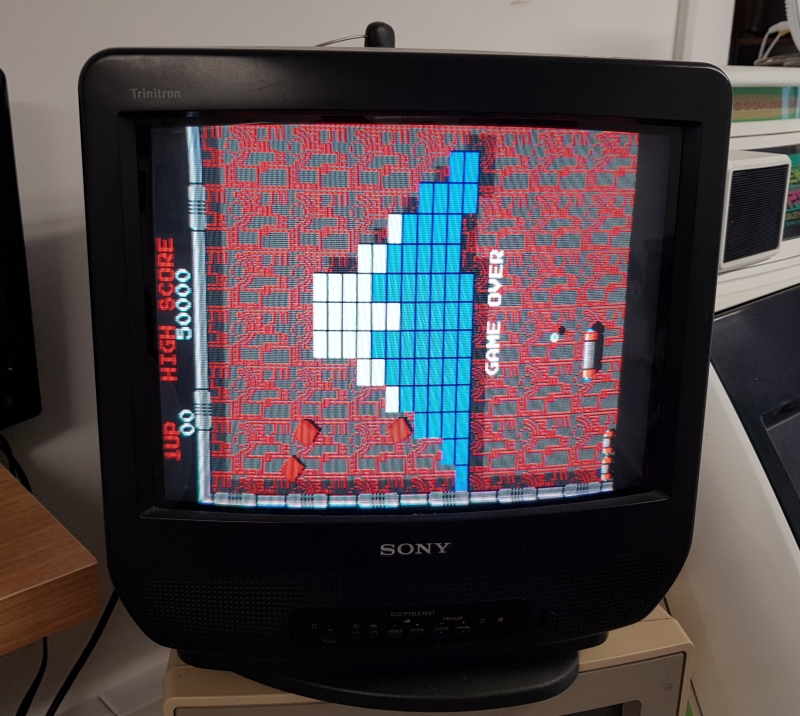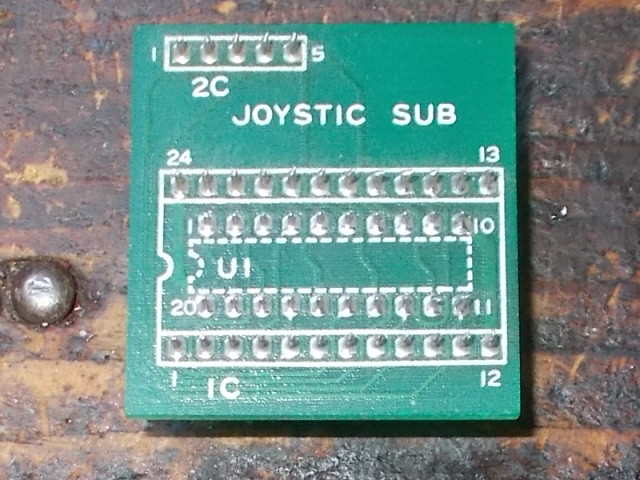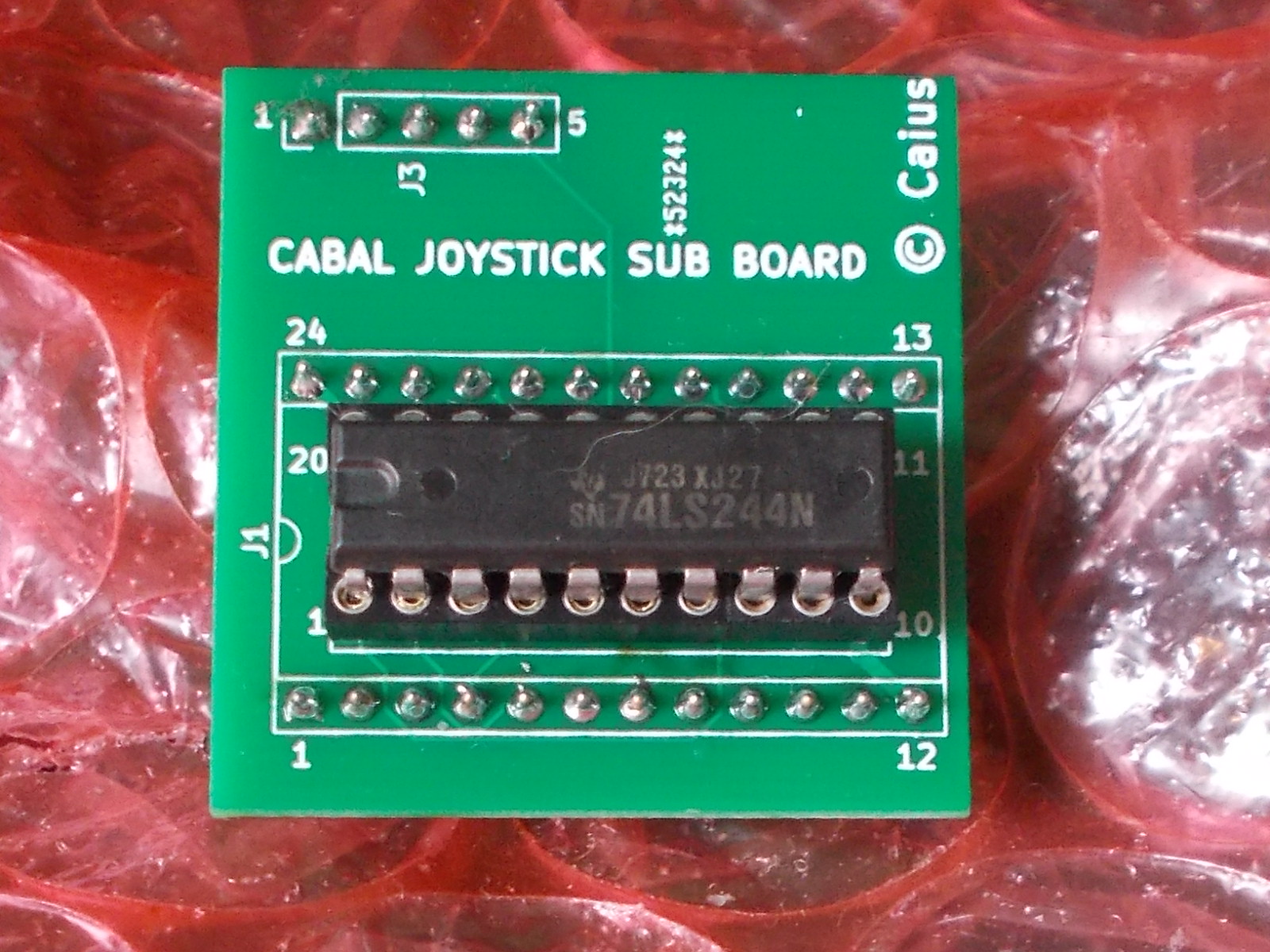Got this game for a repair.
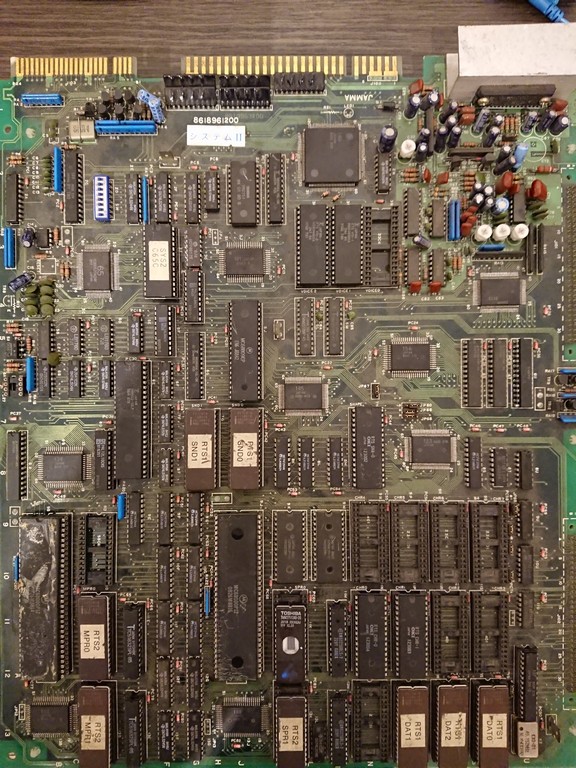
At boot it displayed the following:
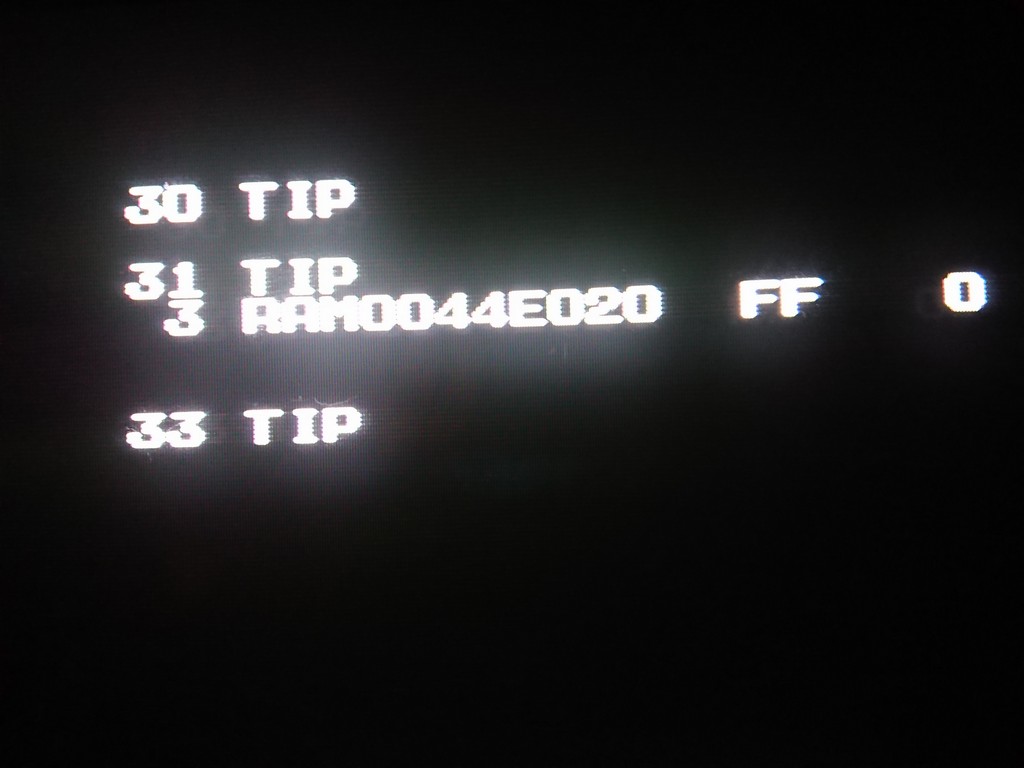
Using Mame source code with the memory map I could narrow down that RAM0044Eo20 was the colour BLUE ram

Desoldering it I could confirm it was bad
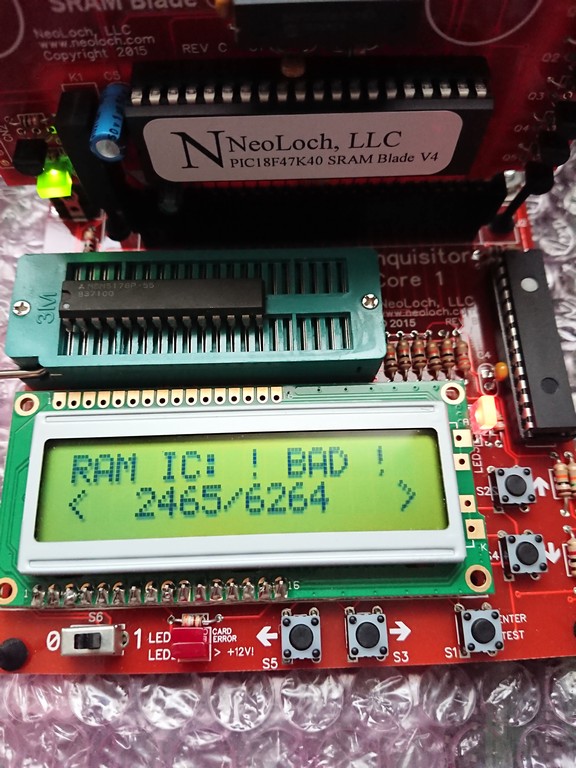
After replacing it I still got:
30TIP, 31TIP and 33TIP error
After discussing with Charles MacDonald he pointed me to the DUAL PORT RAM.
It checks if the last entry in RAM (460FFF) is zero, if so that’s an error (should be non-zero)
Then it checks if 460FF contains byte 6B, if it doesn’t that’s an error too
I started to probe around the dual port ram
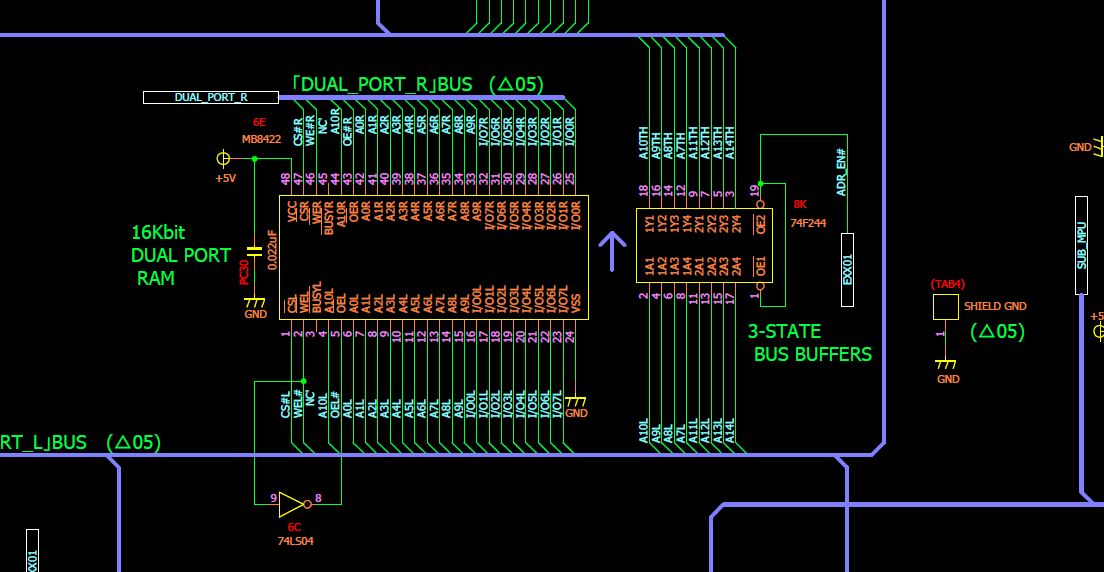
Until I found a stuck bit on the Left side of the Dual port ram which came from a 74HC175.
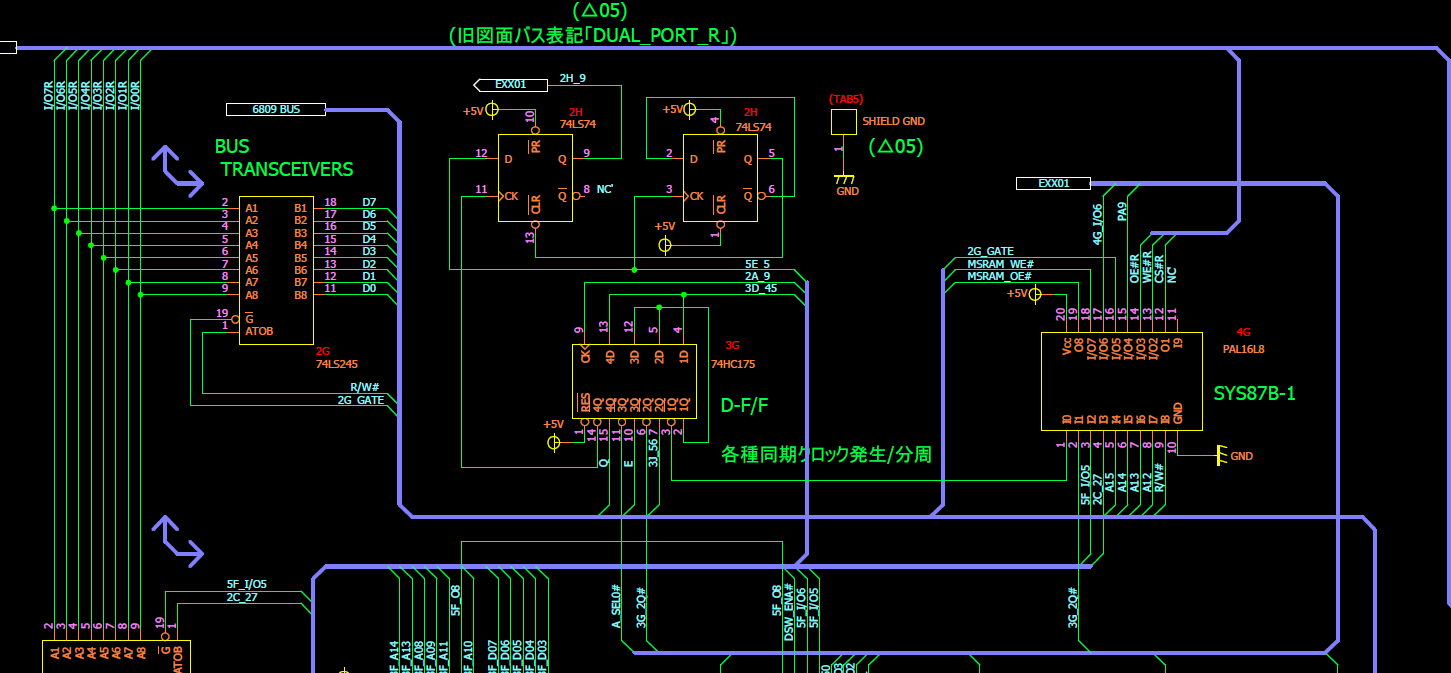
After changing it, the game booted but still with TIP33 error which could be erased by pushing the start button.
TIP33 is the error related to the EEPROM which is not inizialized correctly or contain some corrupted data. Normally you inizialize it only one time but everytime
started the pcb, I got this error and offcourse all the dipswitch settings couldn’t be saved correctly.
To cut a long story short, some smart guy changed the original EEPROM with a normal 8k SRAM!
I took a spare from a faulty final lap 3 and I could finally fix 100% the game
